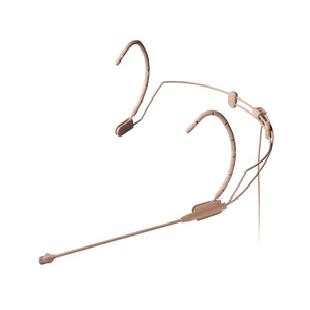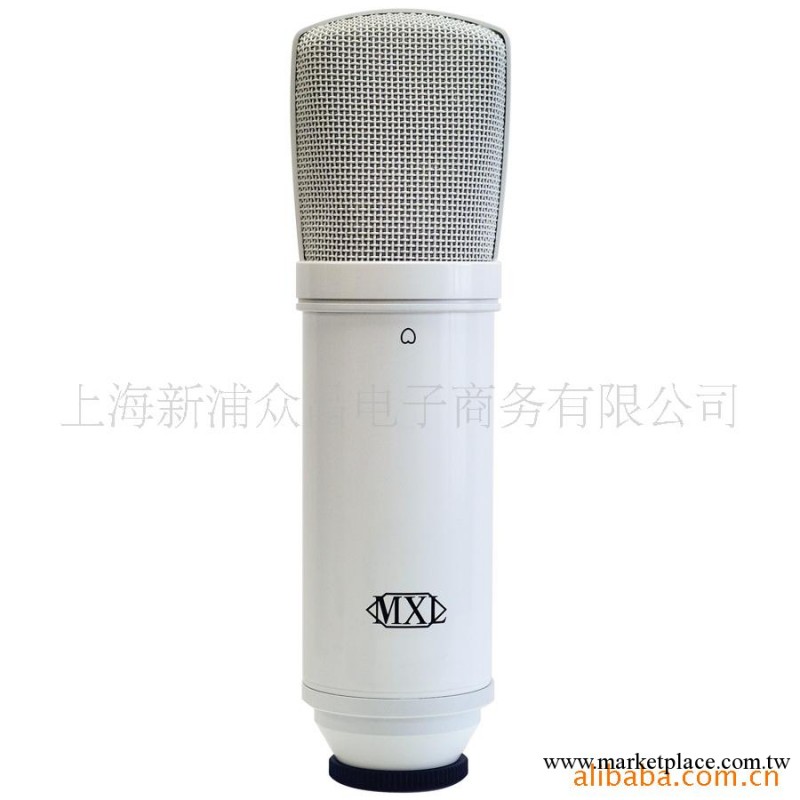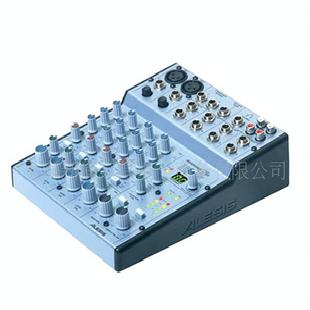寶貝詳情The new AKG HC 577 has been designed to be invisible in the limelight. It is so small it will virtually disappear onDefinition ofStage:] body=[
| In theatre, the stage (sometimes referred to as the deck in stagecraft) is a designated space for the performance of theatrical productions. The stage serves as a space for actors or performers and a focal point for the members of the audience. As an architectural feature, the stage may consist of a platform (often raised) or series of platforms. In some cases, these may be temporary or adjustable but in theaters and other buildings devoted to such productions, the stage is often a permanent feature. There are several types of stages that vary as to the usage and the relation of the audience to them. The most common form found in the West is the proscenium stage. In this type, the audience is located on one side of the stage with the remaining sides hidden and used by the performers and technicians. Thrust stages may be similar to proscenium stages but with a platform or performance area that extends into the audience space so that the audience is located on three sides. In theatre in the round, the audience is located on all four sides of the stage. The fourth type of stage incorporates created and found stages which may be constructed specifically for a performance or may involve a space that is adapted as a stage. |
A patented body design protects theMicrophone's dual-Definition ofDiaphragm:] body=[
| The portion of a microphone which is mechanically moved by incident sound, thereby allowing conversion of sound energy to electrical energy. |
| In audio, a device to convert sound to electrical energy or vice versa. Microphones and loudspeakers are two type of transducers. Also refers to the portion of a microphone that is directly involved with conversion of sound energy to electrical energy. A phono cartridge also is a transducer, one that converts mechanical energy (vibration of the stylus) into electrical energy. |
| In sound production, noise can be classified as hum, buzz or hiss, crosstalk or digital hash. |
| In sound production, noise can be classified as hum, buzz or hiss, crosstalk or digital hash. |
| A microphone, colloquially called a mic or mike (both pronounced /?0?4ma?0?1k/), is an acoustic-to-electric transducer or sensor that converts sound into an electrical signal. In 1876, Emile Berliner invented the first microphone used as a telephone voice transmitter. Microphones are used in many applications such as telephones, tape recorders, hearing aids, motion picture production, live and recorded audio engineering, in radio and television broadcasting and in computers for recording voice, VoIP, and for non-acoustic purposes such as ultrasonic checking. |
| An omnidirectional (or nondirectional) microphone's response is generally considered to be a perfect sphere in three dimensions. In the real world, this is not the case. As with directional microphones, the polar pattern for an "omnidirectional" microphone is a function of frequency. The body of the microphone is not infinitely small and, as a consequence, it tends to get in its own way with respect to sounds arriving from the rear, causing a slight flattening of the polar response. This flattening increases as the diameter of the microphone (assuming it's cylindrical) reaches the wavelength of the frequency in question. Therefore, the smallest diameter microphone will give the best omnidirectional characteristics at high frequencies. |
| In audio, a device to convert sound to electrical energy or vice versa. Microphones and loudspeakers are two type of transducers. Also refers to the portion of a microphone that is directly involved with conversion of sound energy to electrical energy. A phono cartridge also is a transducer, one that converts mechanical energy (vibration of the stylus) into electrical energy. |
| A lavalier microphone is made for hands-free operation. These small microphones are worn on the body and held in place either with a lanyard worn around the neck or a clip fastened to clothing. The cord may be hidden by clothes and either run to an RF transmitter in a pocket or clipped to a belt (for mobile use), or run directly to the mixer (for stationary applications). |
| Sound is a travelling wave which is an oscillation of pressure transmitted through a solid, liquid, or gas, composed of frequencies within the range of hearing and of a level sufficiently strong to be heard, or the sensation stimulated in organs of hearing by such vibrations. |
The HC 577 uses dual-ear temple pieces for extreme stability and optimum comfort.
Features:
Excellent comfortInsensitive to moisture, perspiration, and saltsDual-Definition ofDiaphragm:] body=[
| The portion of a microphone which is mechanically moved by incident sound, thereby allowing conversion of sound energy to electrical energy. |
| In sound production, noise can be classified as hum, buzz or hiss, crosstalk or digital hash. |
Definition ofPolar Pattern:] body=[
| A microphone's directionality or polar pattern indicates how sensitive it is to sounds arriving at different angles about its central axis. The above polar patterns represent the locus of points that produce the same signal level output in the microphone if a given sound pressure level is generated from that point. How the physical body of the microphone is oriented relative to the diagrams depends on the microphone design. For large-membrane microphones, the upward direction in the polar diagram is usually perpendicular to the microphone body, commonly known as "side fire" or "side address". For small diaphragm microphones, it usually extends from the axis of the microphone commonly known as "end fire" or "top/end address". Some microphone designs combine several principles in creating the desired polar pattern. This ranges from shielding (meaning diffraction/dissipation/absorption) by the housing itself to electronically combining dual membranes. |
| An omnidirectional (or nondirectional) microphone's response is generally considered to be a perfect sphere in three dimensions. In the real world, this is not the case. As with directional microphones, the polar pattern for an "omnidirectional" microphone is a function of frequency. The body of the microphone is not infinitely small and, as a consequence, it tends to get in its own way with respect to sounds arriving from the rear, causing a slight flattening of the polar response. This flattening increases as the diameter of the microphone (assuming it's cylindrical) reaches the wavelength of the frequency in question. Therefore, the smallest diameter microphone will give the best omnidirectional characteristics at high frequencies. |
| The actual range or span of frequencies from low to high that a unit can pass or reproduce. In terms of audio recording studios, this is usually limited to the range of 20 Hz to 20,000 Hz, which represents the full range of human hearing. |
| The number of times a periodic waveform cycles, or repeats, over a period of time. |
| Kilohertz, 1,000 Hertz, or one thousand cycles per second. |
| A measure of the relative efficiency of a speaker or loudspeaker system, often expressed as the number of decibels the unit will produce fed from a 1-watt signal measured at a distance of one meter. |
| Acronym for Public Address. (i.e. PA system, PA Speakers, etc.) |
| Decibels referred to 1 volt. |
| Sound pressure is the local pressure deviation from the ambient (average, or equilibrium) pressure caused by a sound wave. Sound pressure can be measured using a microphone in air and a hydrophone in water. The SI unit for sound pressure is the pascal (symbol: Pa). The instantaneous sound pressure is the deviation from the local ambient pressure p0 caused by a sound wave at a given location and given instant in time. The effective sound pressure is the root mean square of the instantaneous sound pressure over a given interval of time (or space). In a sound wave, the complementary variable to sound pressure is the acoustic particle velocity. For small amplitudes, sound pressure and particle velocity are linearly related and their ratio is the acoustic impedance. The acoustic impedance depends on both the characteristics of the wave and the medium. The local instantaneous sound intensity is the product of the sound pressure and the acoustic particle velocity and is, therefore, a vector quantity. |
| The decibel (dB) is a logarithmic unit of measurement that expresses the magnitude of a physical quantity (usually power or intensity) relative to a specified or implied reference level. Since it expresses a ratio of two (same unit) quantities, it is a dimensionless unit. A decibel is one tenth of a bel (B).We perceive loudness of sound as the logarithm of the actual sound intensity, and dB (decibels) are a logarithmic scale. |
| The total harmonic distortion, or THD, of a signal is a measurement of the harmonic distortion present and is defined as the ratio of the sum of the powers of all harmonic components to the power of the fundamental frequency. Lesser THD allows the components in a loudspeaker, amplifier or microphone or other equipment to produce a more accurate reproduction by reducing harmonics added by electronics and audio media. |
| In sound production, noise can be classified as hum, buzz or hiss, crosstalk or digital hash. |
| Another word for signal voltage, power, strength or volume. Audio signals are sometimes classified according to their level. Commonly used levels in audio are: microphone level (-55 dBu), instrument level (-20 to -10 dBu), consumer line level (-10 dBu) and balanced professional line level (+4 to +30 dBu). |
| In sound production, noise can be classified as hum, buzz or hiss, crosstalk or digital hash. |
| Electrical impedance, or simply impedance, describes a measure of opposition to alternating current (AC). Electrical impedance extends the concept of resistance to AC circuits, describing not only the relative amplitudes of the voltage and current, but also the relative phases. When the circuit is driven with direct current (DC) there is no distinction between impedance and resistance; the latter can be thought of as impedance with zero phase angle. |
| Electrical impedance, or simply impedance, describes a measure of opposition to alternating current (AC). Electrical impedance extends the concept of resistance to AC circuits, describing not only the relative amplitudes of the voltage and current, but also the relative phases. When the circuit is driven with direct current (DC) there is no distinction between impedance and resistance; the latter can be thought of as impedance with zero phase angle. |
| A unit of measure of electromotive force (resulting from a difference in electrical potential) equal to the force required to produce a current of one ampere through an element having a resistance of one ohm. |
| The XLR connector is an electrical connector design. XLR plugs and sockets are used mostly in professional audio and video electronics cabling applications, often for microphones. Home audio and video electronics normally use RCA connectors for line level signals generated by a preamplifier. Phone plugs are also used for microphones in home and computer applications. |
|
| Theater Recording Lectern Broadcast applications | HC 577 |
| Excellent comfortInsensitive to moisture, perspiration, and saltsDual-diaphragm transducer for cable noise suppressionCompatible with all standard wireless systems The new AKG HC577 has been designed to be invisible in the limelight. It is so small it will virtually disappear on stage or on camera, while providing perfect mobility and pristine audio quality. A patented body design protects the microphone's dual-diaphragm transducer from moisture and perspiration. Mechanical noise, cable noise, etc. are reduced to a minimum. The microphone uses a CK 77 omnidirectional transducer that has been an industry standard for lavalier capsules for years and ensures superior audio performance. The HC577 uses dual-ear temple pieces for extreme stability and optimum comfort. |
| ||||
HC 577 |
| Theater Recording Lectern Broadcast applications | HC 577 |
| Polar pattern | omnidirectional |
| Frequency range | 20 Hz to 20 kHz |
| Sensitivity | 8 mV/Pa (–42 dBV) |
| Max. SPL | 133 dB (for 1% THD) |
| Equivalent noise level | 26 dB-A |
| Signal/noise ratio (A-weighted) | 68 dB |
| Impedance | <=3.5 kohms |
| Recommended load impedance | >=10 kohms |
| Supply voltage | 1.5 V to 12 V |
| Powering | <=0.6 mA |
| Connector | 3-pin mini XLR |
| Cable | 1.5 m (5 ft.) |
| Finish | flesh tone |
| Dimensions | 205 mm (8.1 in.), max. diameter: 145 mm (5.7 in.) |
| Net weight | 28 g (0.99 oz.) |
| Shipping weight | 150 g (5.3 oz.) |
新手教學


批發市場僅提供代購諮詢服務,商品內容為廠商自行維護,若有發現不實、不合適或不正確內容,再請告知我們,查實即會請廠商修改或立即下架,謝謝。









